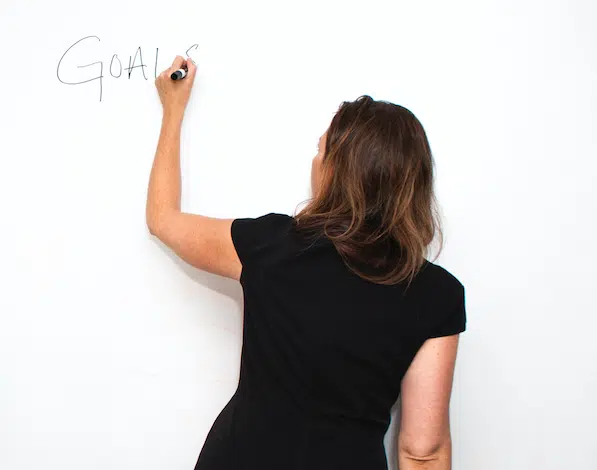Nonprofit Sector Response to COVID Varies: Many Find Opportunities to Innovate


Full Platform Overview Chat With Us



Full Platform Overview Chat With Us





In the weeks following the start of the pandemic, organizations had to react quickly with their response to COVID. As a consultant I saw clients and organizations react in three ways:
Pause and Assess Approach
Having worked with organizations for the past 20 years, I’ve seen it all. “Quick to take action” leadership and “pause and think” leadership. In those early weeks, I admit it. I was judgmental. I described the first group, “play it safe” as paralyzed. They seemed so shocked by changes happening around them, they decided to hunker down and do nothing. As their consultant, I gently showed them what other organizations are doing, and planted seeds for them to consider options for moving forward. I’m happy to report that the paralysis only lasted a few weeks, and in fact quickly turned into “assess and react.” This rare pause and pivot organizations were experiencing was allowing them to come up with a cohesive game plan.
This said, there was still a lot of anxiety. Many were not ready to make big program changes — hoping things would go back to normal soon. Despite this, as long as they made thoughtful moves forward and communicated well with staff, clients, and funders, they still found success.
Here are some of the measured steps you can take:
It should be noted however, organizations who took a bit longer, did lose out on some early opportunities (with clients and funders) but they ended up with a great program and those who are now participating are extremely loyal and grateful — both important foundations for future success.
Responsive Innovation
Then on the flip side were organizations who saw opportunity in crisis. They dove in with both feet and were able to make a 180 degree pivot. These organizations didn’t skip a beat. They were able to quickly leverage their existing knowledge and resources to launch new offerings to meet current needs. In comparison to the “pause and assess” approach, this seems much more exciting and impactful, but it did have its own set of issues. It created pretty stressful, fast-paced environments, where organizations had to make decisions quickly and staff had to adjust on a dime.
Organizations who took this route endured much more pressure but some saw some big and unconventional wins. The question is now, will these wins have lasting results? May they change the course of the organization? For many organizations, this has been an opportunity to expedite change. Many say it is unlikely they will return 100% to their old way of doing business.
The “responsive innovation” organizations leapt to the challenge and went through the following phases:
Organizations with these bolder program adjustments were able to gain more funder and media attention, which helped many access new monies to fund their work.
Though the above outlines the process for organizations who play it safe or are ready to innovate, many organizations fall somewhere in the middle. As leaders it is important to take time to assess then react. The key thing for both was communication across all stakeholders. Those that neglected communication found it harder to re-engage staff, clients, and funders.
Below are a few examples of organizations that represent a range of responses to the pandemic and their results:
Las Fotos Project
Mission: Las Fotos Project inspires teenage girls through photography, mentorship, and self-expression.
Problem: All in-person programs had to be cancelled. Programs would have to move online or be cancelled. Also, not all students had access to the photography equipment needed.
Reaction: Steady goes-it.
Solution: Create and deliver photography kits to student’s doorsteps. Then offer live-zoom instruction to students.
Result: Las Fotos Project was able to preserve the essence of their programs and effectively work with students online. They even underwent a successful Founder/Executive Transition and were able to host a virtual exhibition, featuring student work and stories.
CongaKids
Mission: CongaKids promotes social-emotional wellness through partner-dance with 10,000 elementary students across Los Angeles County.
Problem: All programs were abruptly halted when schools had to move online. How were they to provide relevant social-emotional wellness support to students through partner-dance?
Reaction: Responsive innovation.
Solution: They immediately reached out to staff, schools, and funders. With broad support, they shifted all resources to producing a series of high-quality video lessons. They were also able to access some new funding to support the work.
Result: The organization was not only able to release the video series, they were also able to offer their program to students of all Los Angeles County schools — which grew their reach exponentially, almost overnight.
Bob Baker Marionette Theater
Mission: Bob Baker Marionette Theater provides unique theatrical experiences to educate, to celebrate, to rejuvenate puppetry and the allied arts.
Problem: Since 1963 the organization was rooted in live experiences — an intimacy between actors, puppets, and audiences. How were they to honor that with social distance orders in place?
Reaction: Play it safe, then responsive innovation.
Solution: With the response to COVID when it hit, the organization shuttered its doors and waited. After a few weeks, they realized things would not open soon. Not yet ready to bring full programming online, they launched “At Home Happiness” videos to help all of us weather this pandemic.
Result: The organization has gone through a rebirth online, with an endearing presence complete with free videos and lessons. They’ve even launched a few social enterprises, including customizable birthday party solutions and even an elopement pop-up for couples looking for an enchanting space to say “I-do”.
Leaders, as you reflect on how yours and other organizations responded to the pandemic, note how there is no single right path. Now that we are more than six months in, take a moment to connect with your board, staff, clients, funders, etc. to check-in on how things are going and what we all learned in the process. Having these de-briefs on a quarterly or bi-annual basis can help you build a more agile and strategic organization. One that is ready as the world continues to throw new challenges our way.
Want to learn more about strategic leadership through uncertainty?
What approach have you taken as your response to COVID? Let me know in the comments below!


Comments